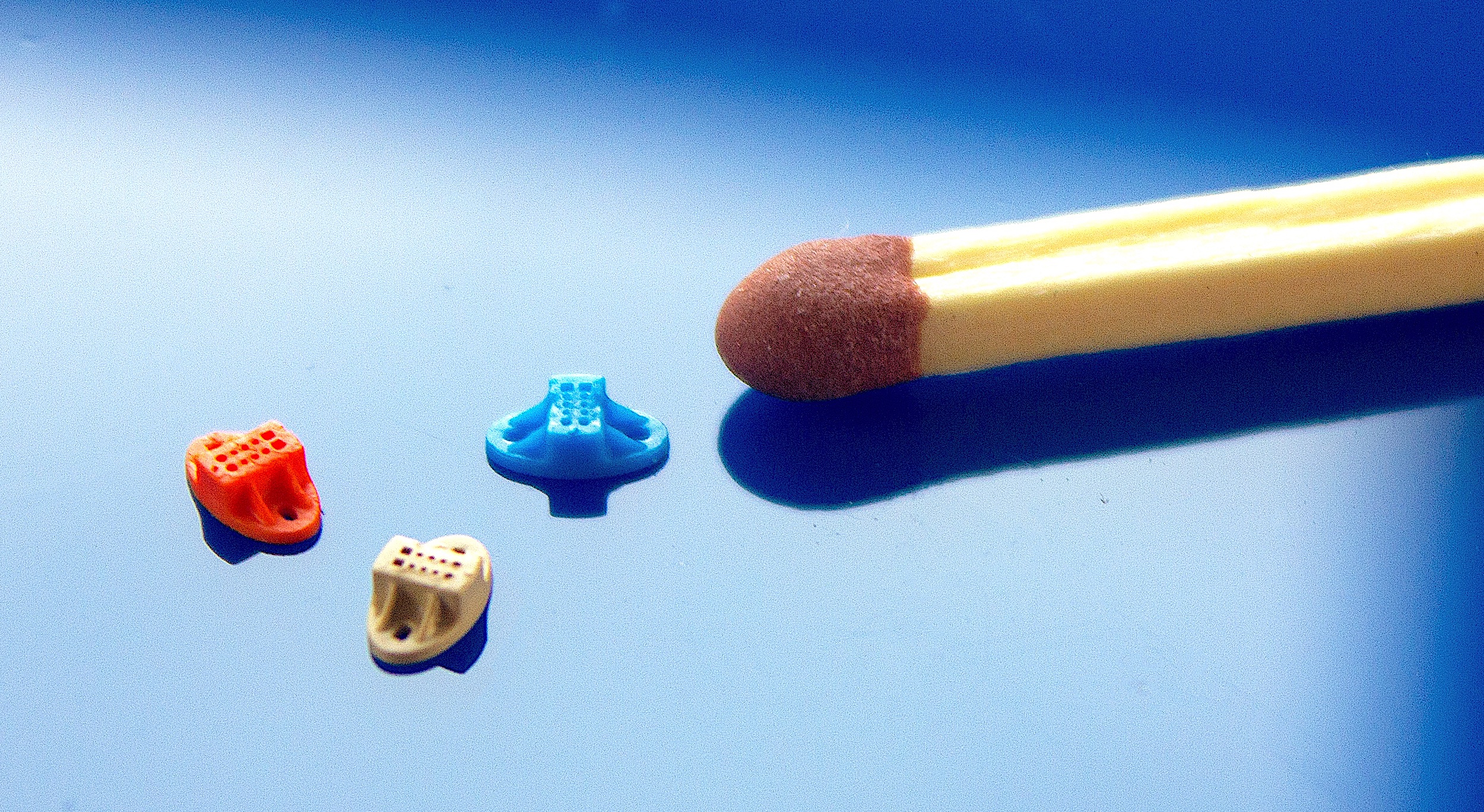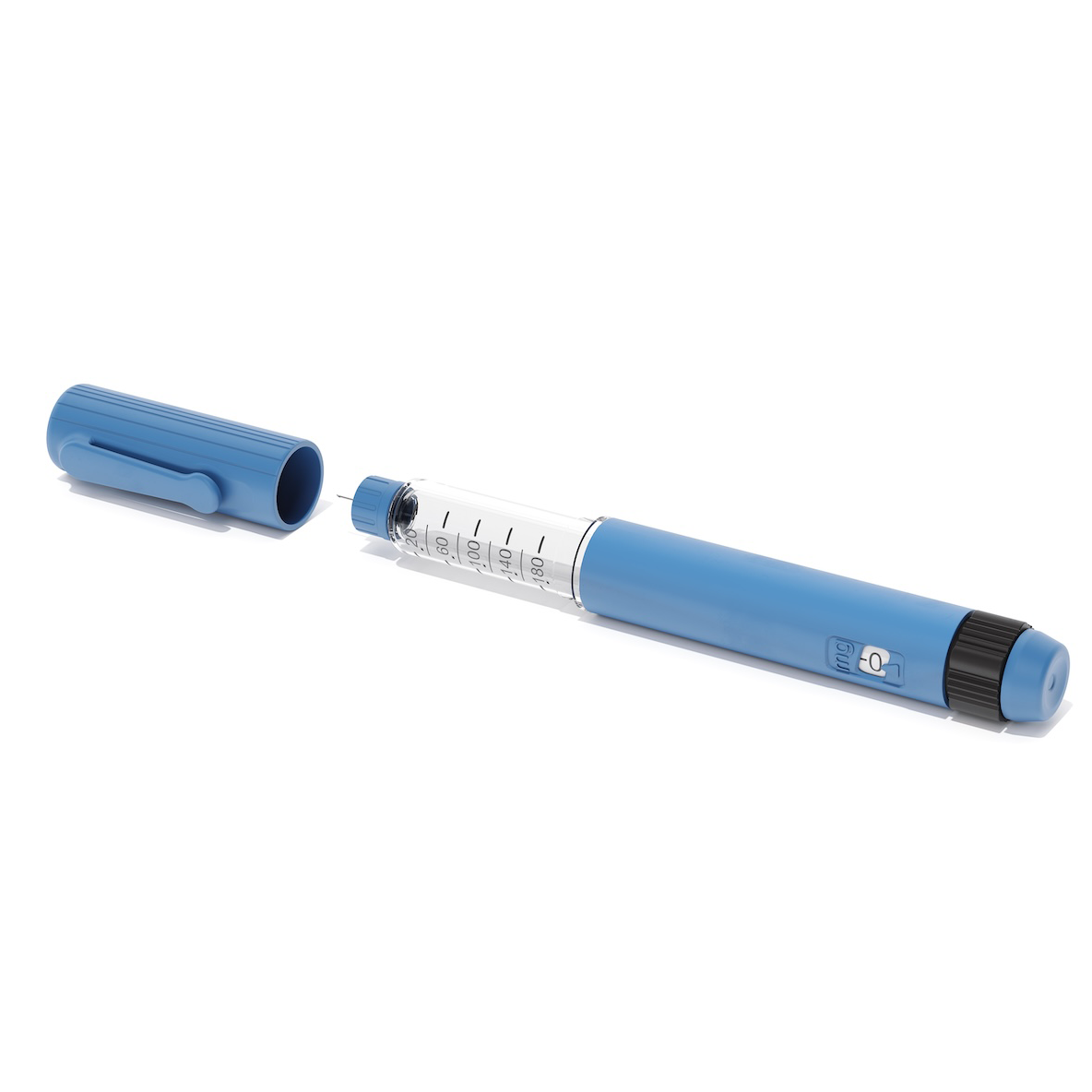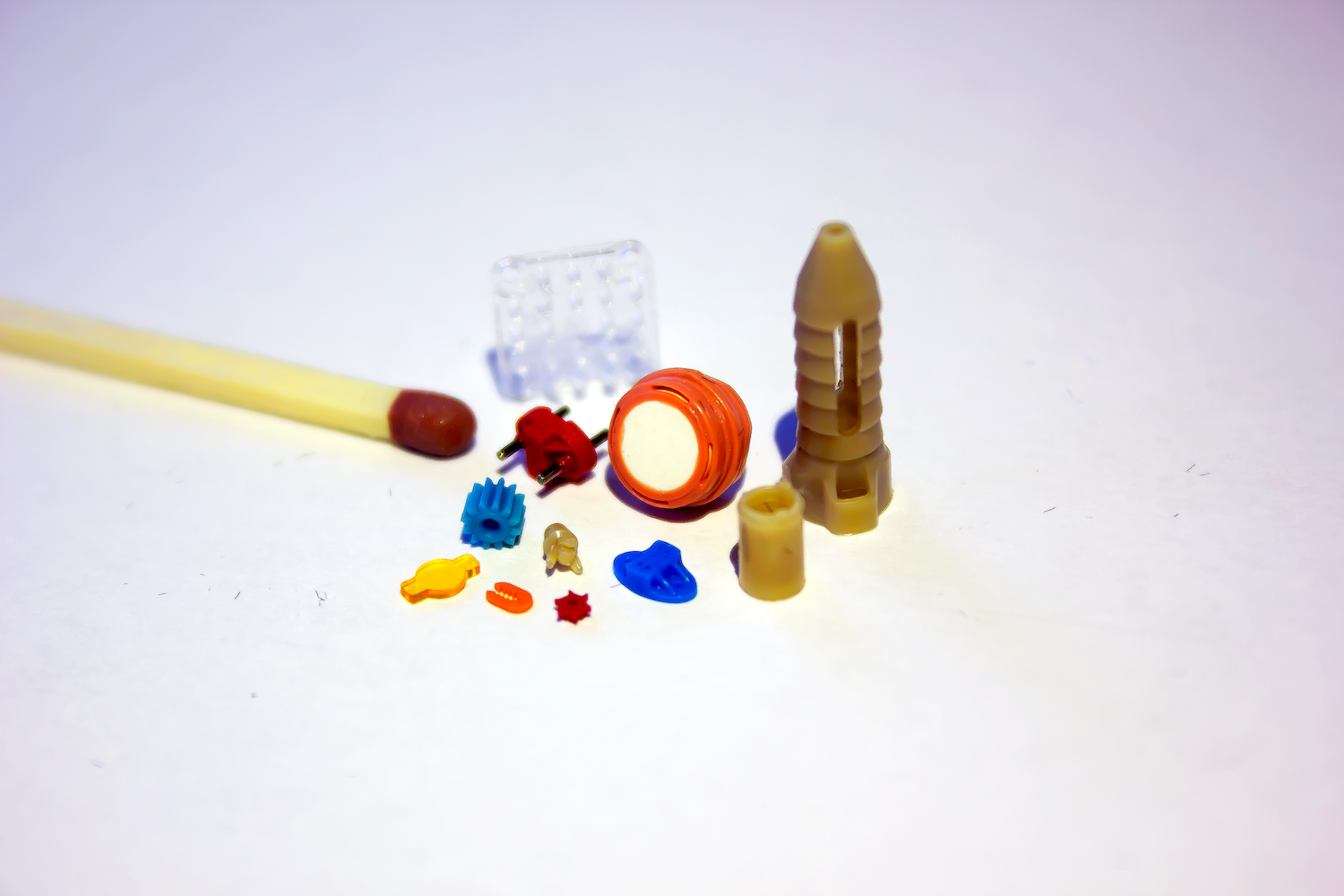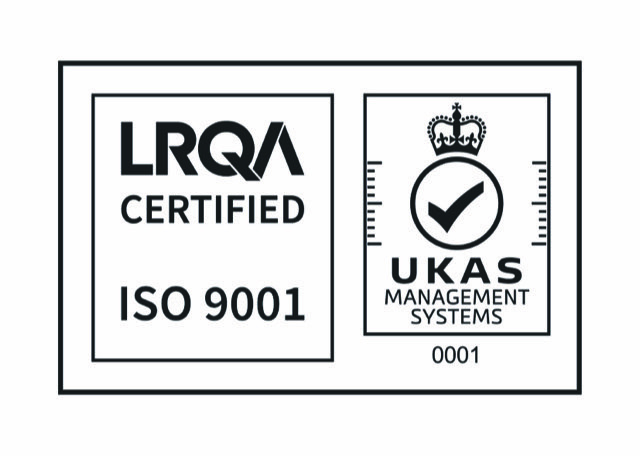Microfluidics in cancer diagnosis
Recent findings and innovative movements in microfluidics are aiding the process of cancer diagnosis to be faster, less painful and more cost-effective.

(Photo: Micro Systems)
The need for cancer diagnosis
Cancer occurs when cells in a particular area of the body proliferate and replicate uncontrolled, where cancerous cells have the ability to invade and kill other healthy tissues, including organs. According to the NHS, one in two people will get some form of cancer at some point in their lives, with the 4 most common cancer types including breast cancer, lung cancer, prostate cancer and bowel cancer.
Early cancer diagnosis can identify symptomatic individuals as soon as possible to give them the best chance of a successful course of therapy, leading to a higher likelihood of survival, fewer treatment-related issues, and lower cost of care. By delivering care at the earliest possible stage, early detection improves cancer outcomes, making it a crucial public health approach in all contexts. According to Cancer Research UK, if diagnosed at the earliest stage, almost all women with breast cancer can survive their disease for 5 years or more, and the statistics are more than 9 in 10 for people with bowel cancer, and around 6 in 10 for people with lung cancer.
Common diagnostic techniques for cancer include Imaging, laboratory tests (Blood tests, Complete blood count (CBC), Urinalysis, Tumour markers), tumour biopsy, endoscopic examination (Cystoscopy, Colonoscopy, ERCP, EGD, Sigmoidoscopy), surgery, or genetic testing.
According to a recent market research, the global cancer diagnostics market is projected to grow at a CAGR of 8.12%, from USD 98.26 billion in 2023 to USD 145.18 billion by 2028. Key drivers include rising cancer cases, an ageing population, and technological advancements in biomarkers and point-of-care testing. In 2020, 19.3 million new cancer cases were reported, with projections of 30.2 million by 2040 (GLOBOCAN). Cancer now accounts for 1 in 6 deaths globally, with 70% of fatalities in low- and middle-income countries (WHO). Increased healthcare spending, awareness, and government support are also contributing factors.
Microfluidics applications in cancer diagnosis
While there are more and more tools for identifying cancer cells in the blood, many of them are still prohibitively expensive and out of reach for many hospitals or research institutes. While some people could be eligible for free cancer diagnosis with the state healthcare system, if they opt for a private service, the cost could be significantly high for their incomes. For example, a business charges £1,400 for counselling and BRCA1 and BRCA 2 gene testing.
Microfluidic systems enable point-of-care (POC) analysis without the need for centralised laboratories or experts, making them especially useful in regions with limited medical facilities. While commonly used for pregnancy testing and diabetes management, microfluidic platforms are increasingly recognised for cancer diagnostics. They facilitate applications such as single cancer cell identification, liquid biopsies, drug screening, angiogenesis modelling, and metastatic detection. By capturing rare cells like tumour cells and circulating stem cells, microfluidics enhances research and treatment options, especially for metastases, which account for over 90% of cancer-related deaths (Gupta P et al.).
In 2019, a group of researchers from the University of Illinois (Chicago) and Queensland University of Technology (Australia) developed a microfluidic tool that can separate specific cancer cells from patient blood samples. The developed application uses the principles of shear-induced diffusion and inertial migration to separate cancer cells from blood as it travels through plastic microchannels. Liquid biopsy, which allows cancer detection via a simple blood draw, relies on effectively separating cancer cells. This approach eliminates the need for invasive tissue samples, reducing both cost and discomfort. It also aids in monitoring treatment effectiveness and detecting cancer in hard-to-reach organs, such as the brain and lungs. A novel, cost-effective microfluidic device enables rapid separation of cancer cells from whole or minimally diluted blood without preparation. The device successfully recovered 93% of cancer cells after “spiking” healthy blood with non-small cell lung cancer cells and separated cancer cells from 6 out of 8 real patient samples.
Or according to the University of Technology Sydney (UTS) School of Biomedical Engineering, the Static Droplet Microfluidic device has the ability to quickly find circulating tumour cells parted away from a primary tumour and integrated the bloodstream, based on its unique metabolic signature of cancer to differentiate tumour cells from other normal ones. As one millilitre of blood contains billions of blood cells, making it incredibly challenging to identify a single cancer cell, however, with the 38,400 chambers in this game-changing detection technique, doctors can isolate and categorise the quantity of metabolically active cancer cells.
Other innovations include mechano-node-pore sensing (mechano-NPS) by Professor Lydia Sohn for breast cancer diagnosis, or a microfluidic chip to detect prostate cancer developed by the team at Sechenov University.
Recent advancements in technologies like microfluidics, machine learning, and artificial intelligence have significantly enhanced cancer diagnosis, offering high accuracy, fewer steps, and greater potential for global standardisation and commercialisation. In cancer research, microfluidic devices are crucial for angiogenesis and metastasis modelling, drug screening, and handling sub-microlitre volumes. At Micro Systems, we have the ability to provide turn-key services for microfluidics projects, with the capability to produce for low and high quantity, in our ISO Class-7 Cleanroom and ISO13485 and ISO9001 certifications.
References:
Gupta P, Gulzar Z, Hsieh B, Lim A, Watson D, Mei R: Analytical validation of the CellMax platform for early detection of cancer by enumeration of rare circulating tumor cells. J Circ Biomark. 2019, 8:1849454419899214. 10.1177/1849454419899214.

Micro Systems’s vast know-how in design, ultra-precision micro machining capabilities and expert knowledge in micro moulding technology allow us to manufacture advanced microfluidic moulds with tolerance as low as +/-0.001mm, with integrated optics. We have a dedicated micro moulding facility, and have ISO13485 and ISO9001 certifications. For more information, please Contact us or visit our website.





